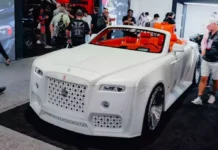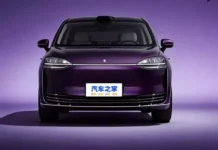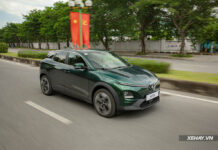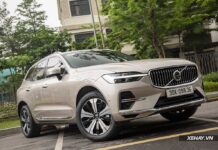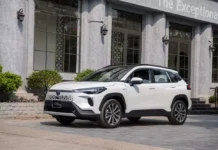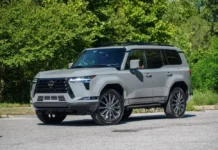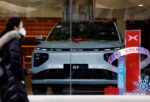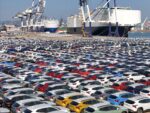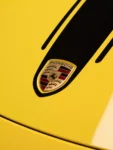The Chinese automotive industry is evolving, but not in the way many might assume. While there is a significant increase in the number of vehicles exported from China globally, imports into the country have plummeted to unprecedented lows. This shift reflects market volatility and the lingering tensions from the trade war with the US.
Data from the China Automobile Dealers Association (CADA) reveals a 25% decline in imported vehicles in China for May 2025, with approximately 47,000 cars sold. Year-to-date, imports have dropped by 33%, totaling just 180,000 vehicles.
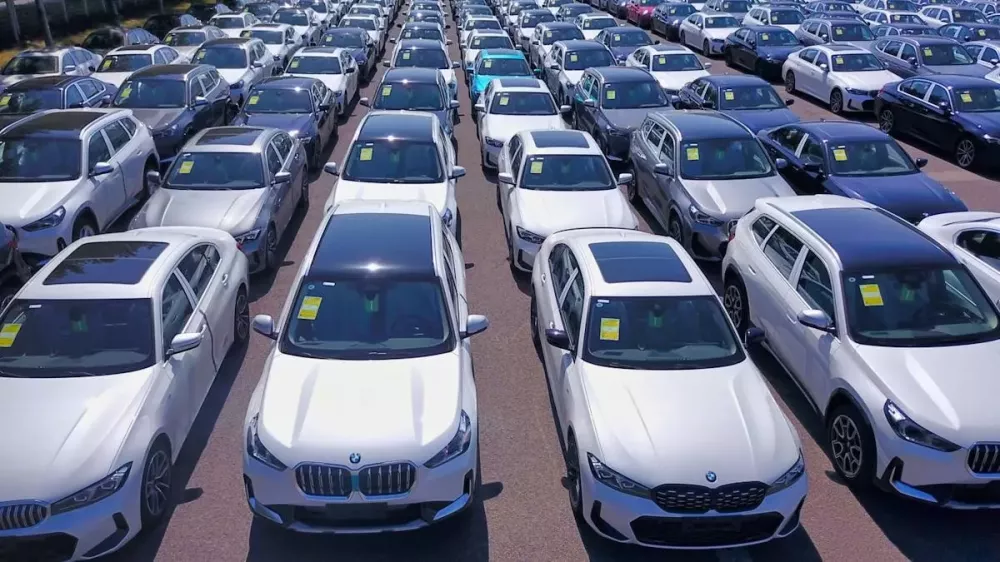
A significant drop in imported cars into China, Vietnam’s neighboring country.
A striking 68% plunge in light vehicle imports from the US to China was witnessed in the previous month, totaling only 3,130 units. This isn’t a temporary blip, as the year-to-date figure shows a 48% decline in imports from the US, with just 18,849 cars sold in the first five months of the year.
A temporary truce between the two nations offered a glimmer of hope for stability. On May 12, 2025, China and the US agreed to a 90-day tariff cease-fire. However, the current tariff rates remain detrimental. In China, US vehicles with engine displacements above 2.5L still face a 25% tariff, while smaller engines attract a 15% rate.
In contrast, the US hasn’t eased import restrictions from China either. Beyond tariffs, the US has effectively banned imports of Chinese vehicles, citing national security concerns. The new regulation targets the “sale or import” of software used in automotive control systems originating from “countries of concern,” explicitly naming China.
CADA didn’t disclose import figures by brand, but it’s known that the top imported vehicles into China are from the big three US automakers: General Motors (GM), Ford, and Tesla. BMW also exports a significant number of vehicles from the US to China.
Japan currently leads in exporting vehicles to China, with a total of 70,037 units in the first five months of 2025. Germany follows closely with 41,675 cars, and Slovakia ranks third with 25,833 vehicles.
As mentioned, China’s vehicle exports to other countries continue to surge. From January to May 2025, China exported 2.83 million vehicles, a 16% increase year-over-year. Specifically, in May, exports reached 682,000 units, a 20% jump from the previous year.
It’s no surprise that new energy vehicles (including battery-electric and plug-in hybrid cars) are particularly popular. In May 2025, China exported 296,000 new energy vehicles, a remarkable 43% increase. The top export destinations for these vehicles include Brazil (35,478), Belgium (30,405), the Philippines (21,517), the UK (21,456), Mexico (14,587), and Australia (14,250).








